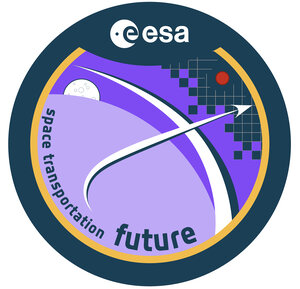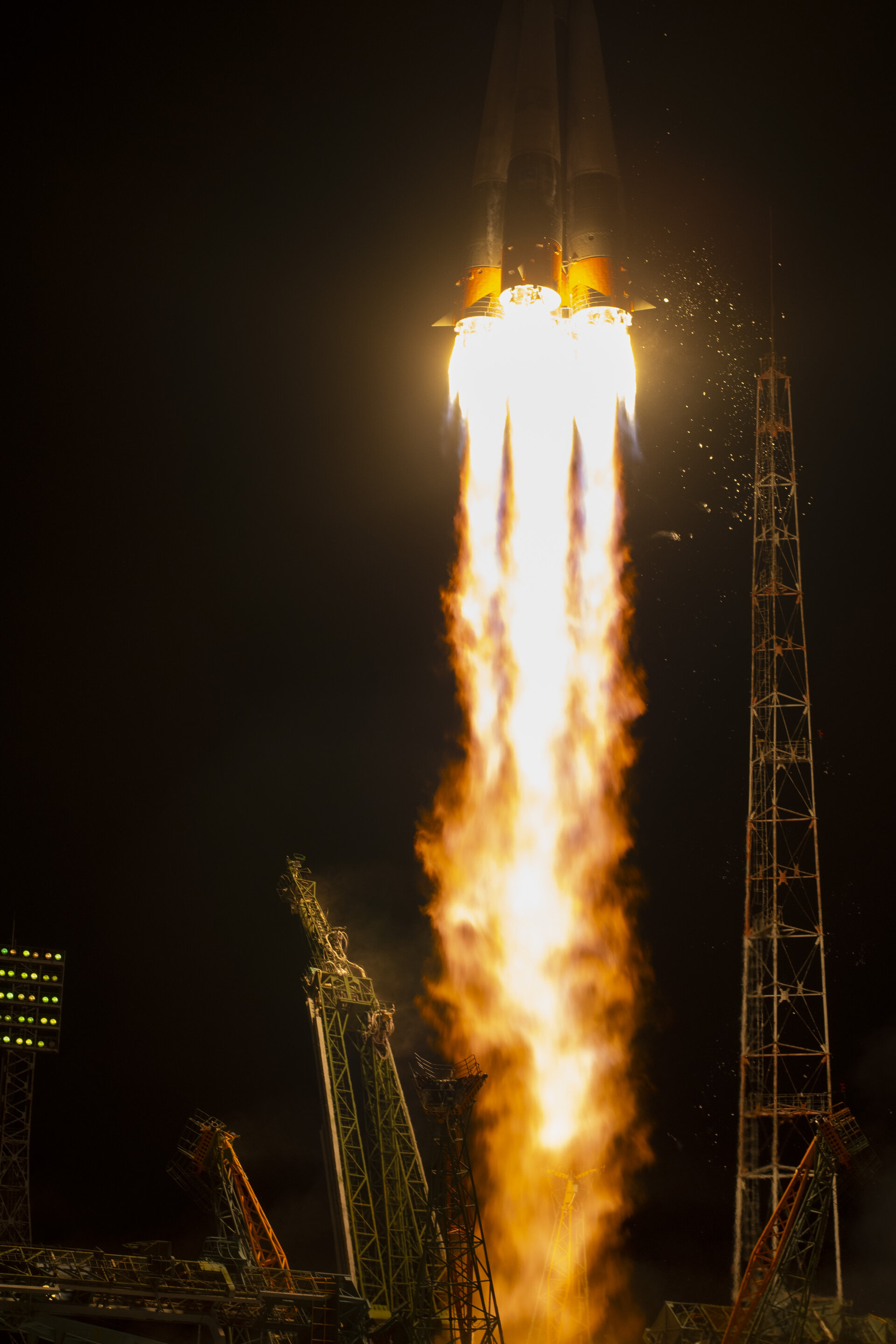Next Generation of Optical Pyrotechnics
The pyrotechnic sub-system on board spacecraft is a vital part of the avionics subsystem – responsible for critical functions such as ignition, separation, passivation and neutralisation.
Traditionally, electro-pyro technology has been used for everything from launch to separation. But a different type of pyrotechnic system, called optical pyro, could be used instead.
Compared to a conventional pyro sub-system, optopyro offers several advantages including increased safety (it removes the need for primary explosives in the initiator), immunity to electromagnetic interference, simpler handling, environmental benefits, mass, volume and cost reductions, and shorter integration times, among others. Since the early 2000s, there has been a concerted effort to develop an opto-pyrotechnic technology that could conceivably rival conventional pyro sub-systems for the European launch vehicles. Several development initiatives have been carried forward by the European Space Agency and European aerospace industry but few have come close to success, until now.
A recently closed GSTP development project (4000112906) with Kongsberg Defence & Aerospace AS, Norway, has designed, manufactured and tested an engineering model of an optopyro sub-system.
The model had to be operational for the full mission life, over the full temperature range and had to survive and work during the vibration and shocks experienced during launch. The system includes an Optical Safety Barrier (OSB), relevant Ground Support Equipment (GSE) and Test and Measurement Equipment (TME), with the aim to perform a verification of the entire optopyro sub-system.
Overall, the model was a success and the project has successfully matured critical parts of the optopyro sub-system and improved several optical technologies such as the laser diodes and the OSB.
While the team felt that no new electronics or mechanical technologies would be required to implement the optopyro sub-system on a launcher, they found a significant effort would be required to produce a design that meets the launcher needs and noted that there is currently no mature technology available to verify the optical chain after the final connection is made. One of the prime challenges next for the project is to industrialise the technology, improve its ruggedness and bring costs down to meet European launcher needs.















 Germany
Germany
 Austria
Austria
 Belgium
Belgium
 Denmark
Denmark
 Spain
Spain
 Estonia
Estonia
 Finland
Finland
 France
France
 Greece
Greece
 Hungary
Hungary
 Ireland
Ireland
 Italy
Italy
 Luxembourg
Luxembourg
 Norway
Norway
 The Netherlands
The Netherlands
 Poland
Poland
 Portugal
Portugal
 Czechia
Czechia
 Romania
Romania
 United Kingdom
United Kingdom
 Slovenia
Slovenia
 Sweden
Sweden
 Switzerland
Switzerland


























